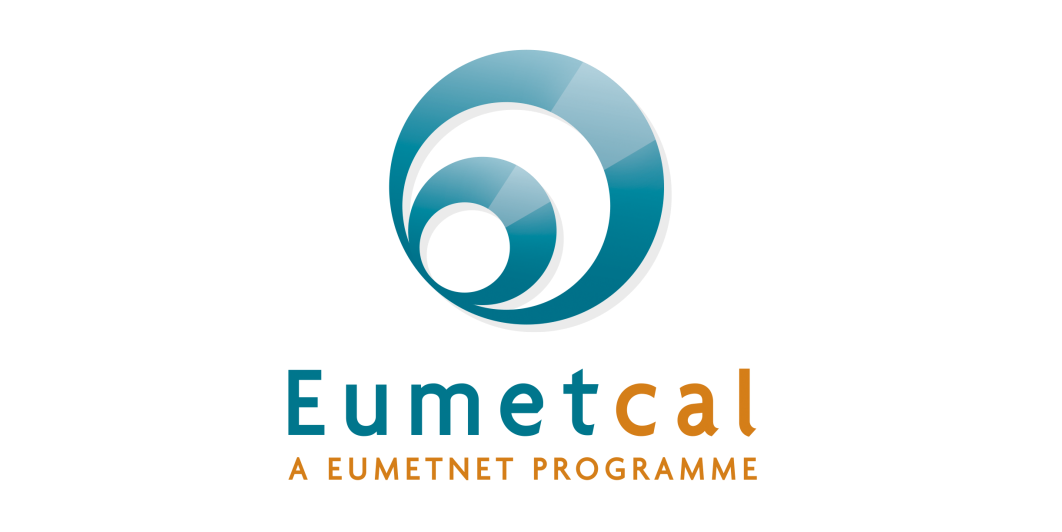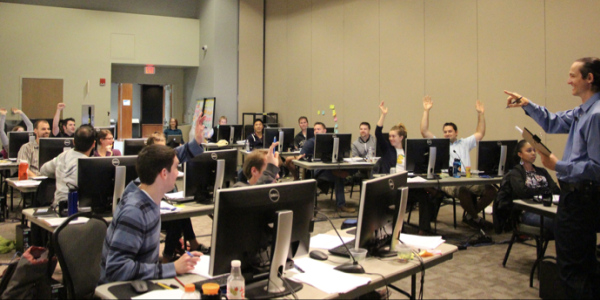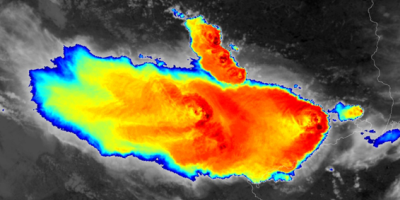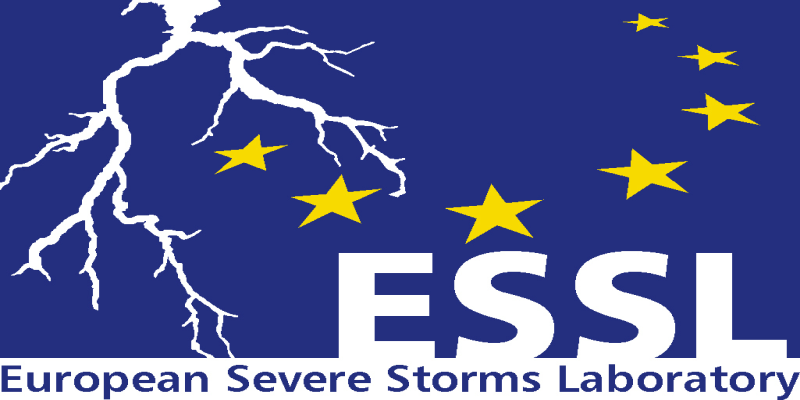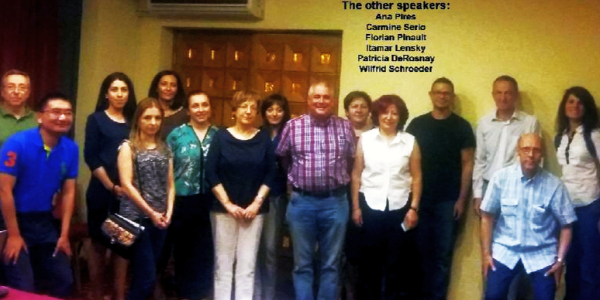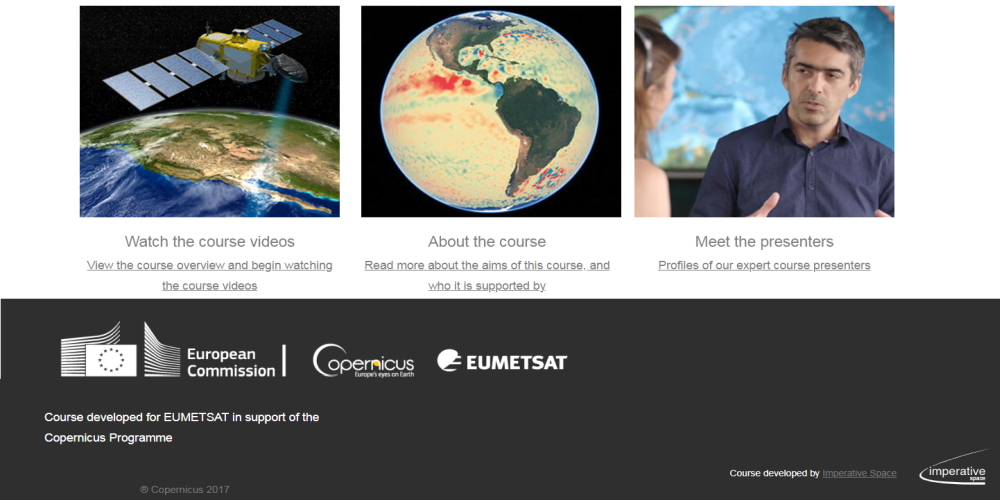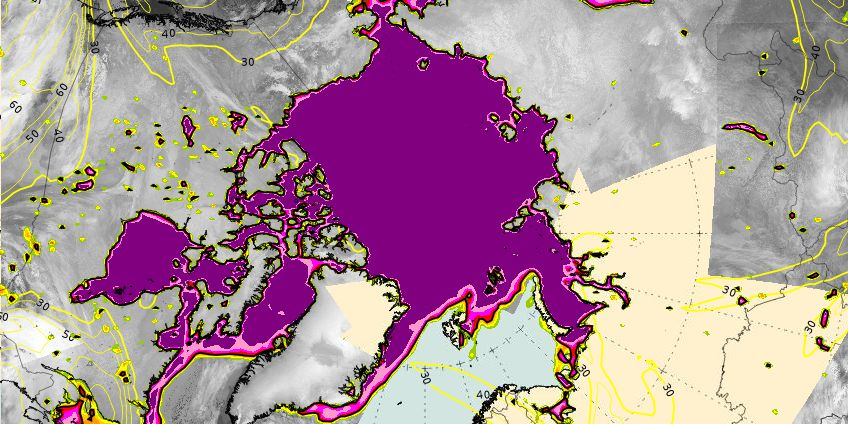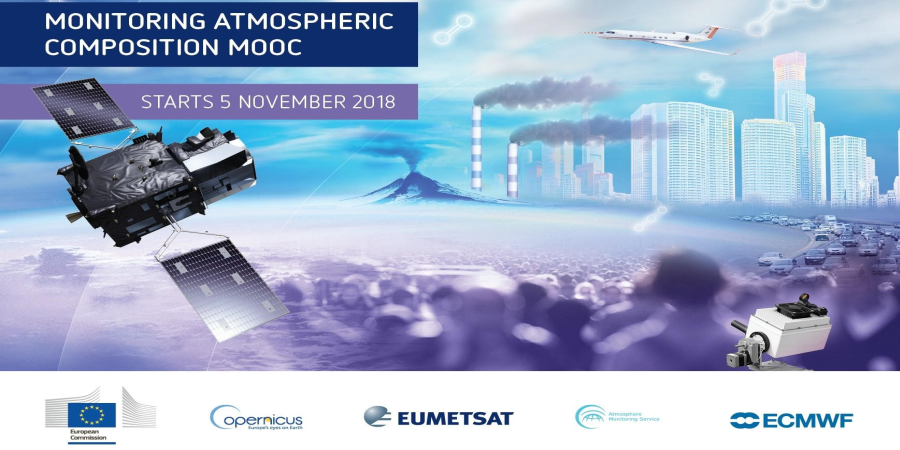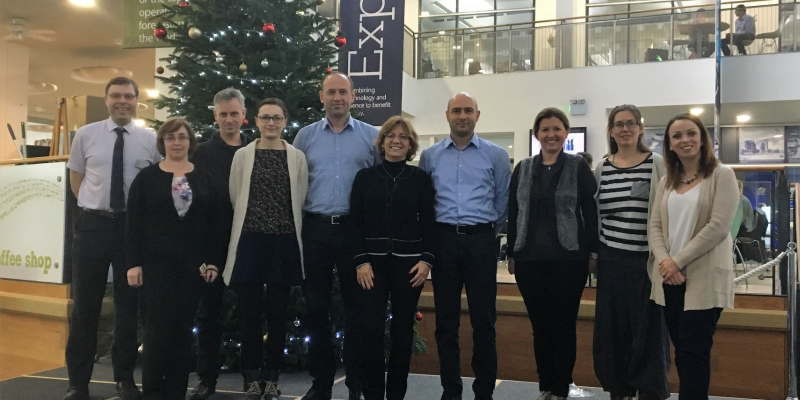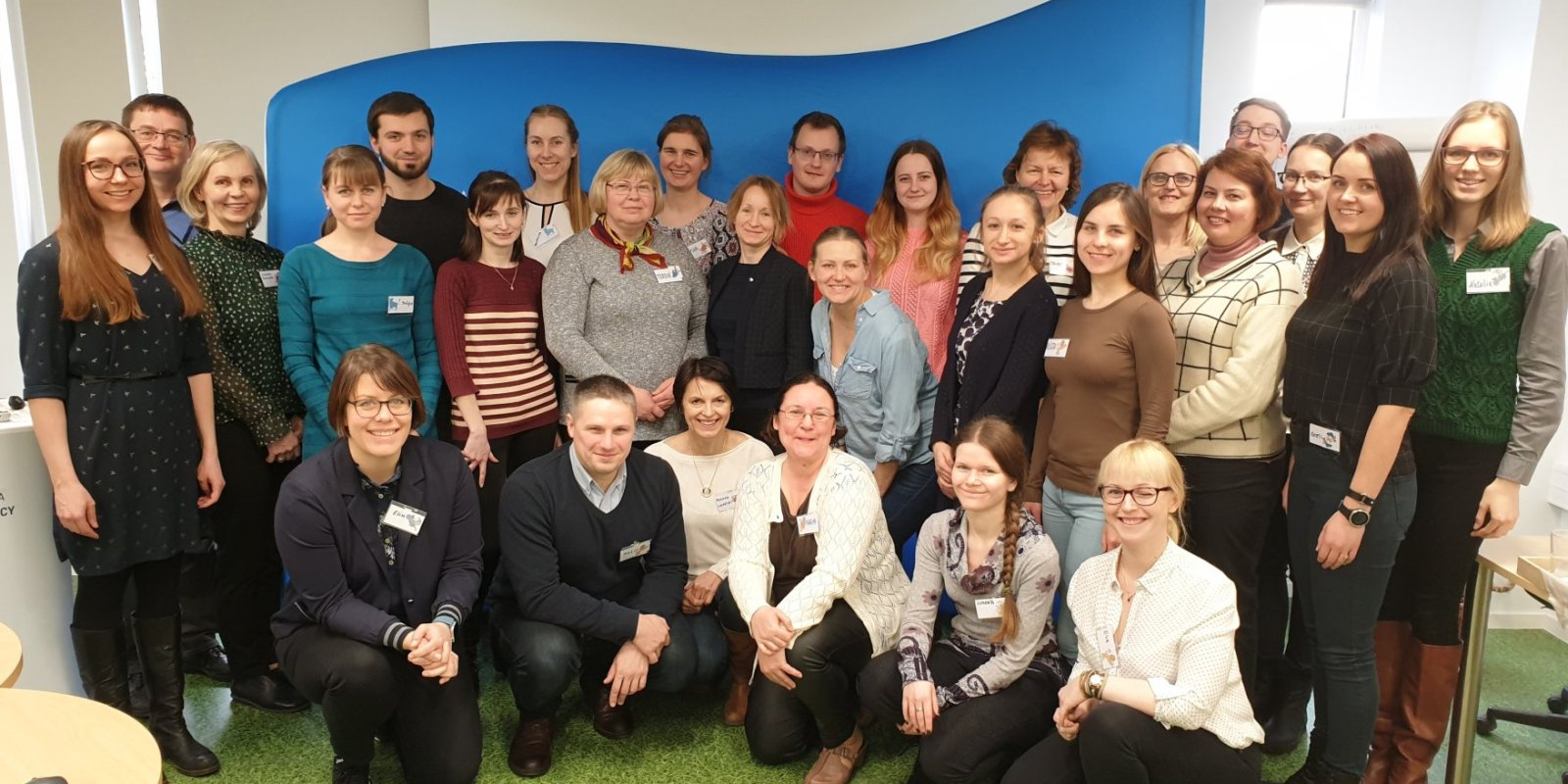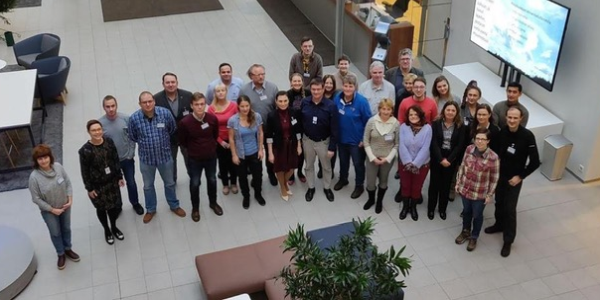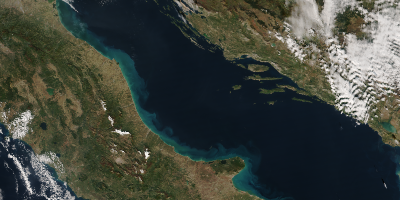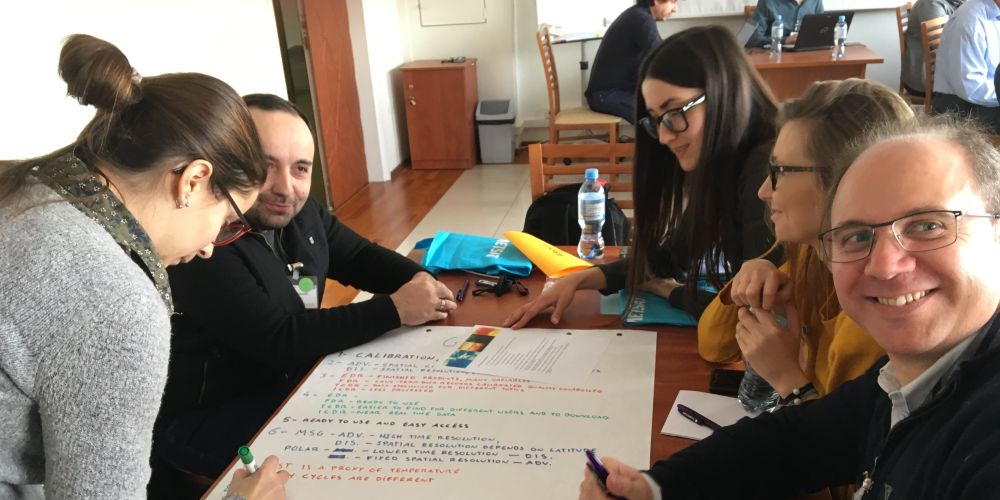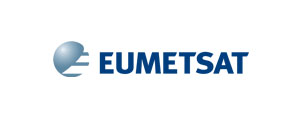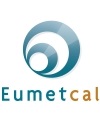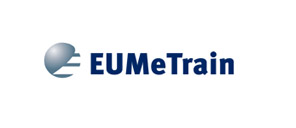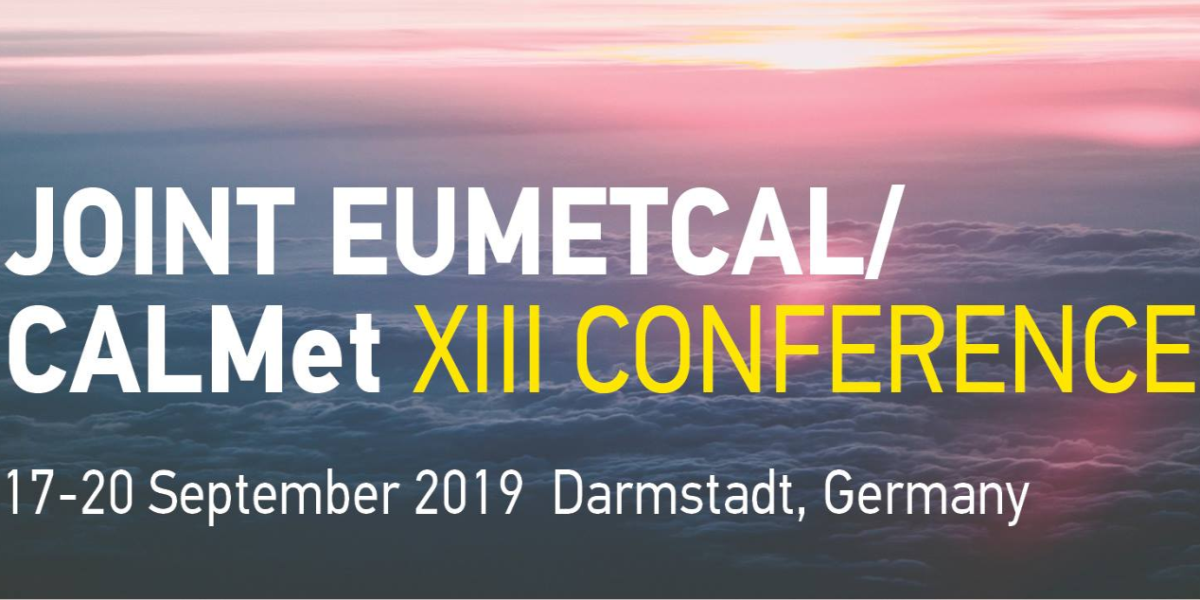
EUMETCAL/CALMet Conference - Inspire, Share and Collaborate
17-20 September 2019 / Darmstadt, GermanyThe joint EUMETCAL/CALMet XIII Conference 2019 will be an event that brings together educators, trainers and managers from universities, research institutions, and National Meteorological and Hydrological Services. It will provide an opportunity for a community from around the world to collaborate and network on workforce development in support of the global weather, water and climate industries.
During the forum, participants will share experiences, expectations, and new ideas for applying emerging technologies and strategies in meteorology and hydrology education and training.
The deadline for submitting the abstracts has been extended to Friday 12 April. You can submit your abstract and register to attend the conference at https://www.eventsforce.net/eumetsat/5/home
We are looking forward to seeing you in Darmstadt in September.
